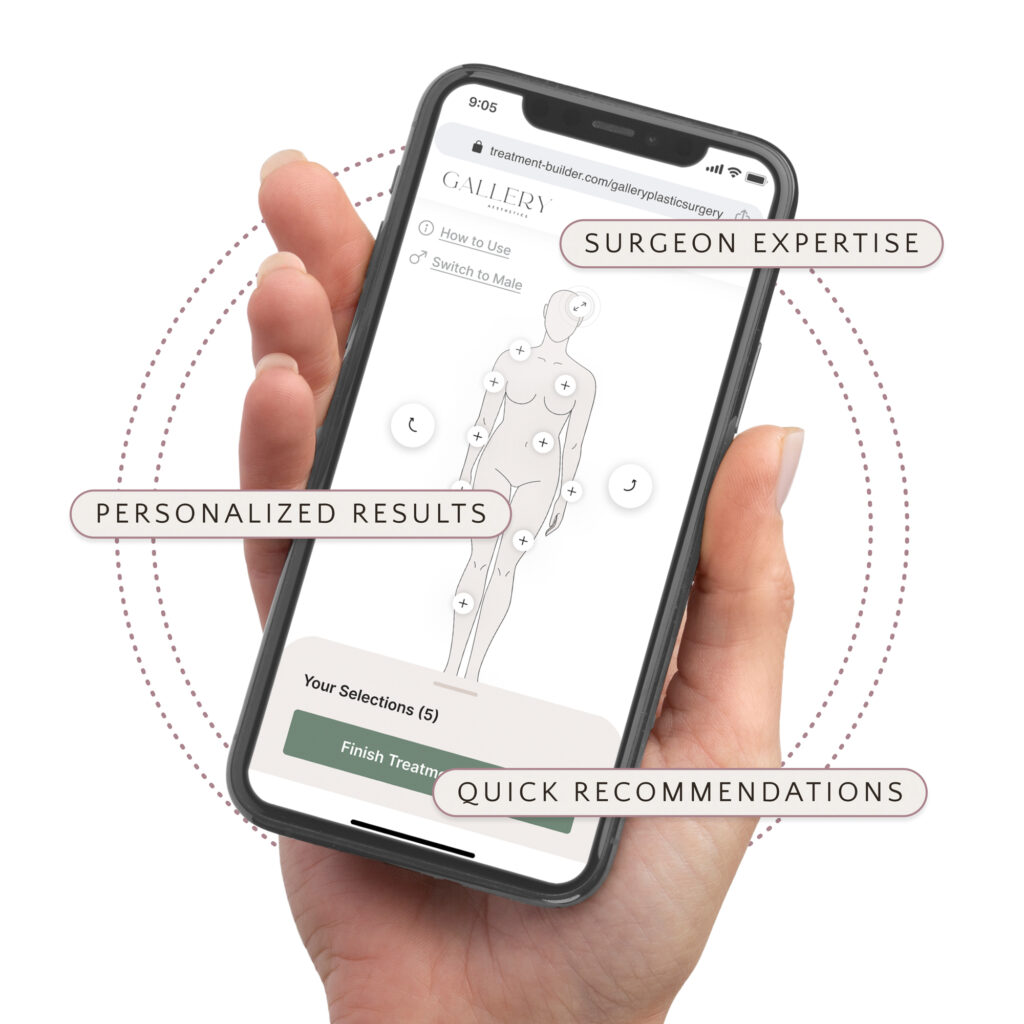
At Twinberry, we’re passionate about helping women love their bodies and feel amazing.
We’ve talked before about what bras to wear after breast augmentation, but today, we’re covering something just as important: what bras you should avoid after surgery.
Many women have great intentions during their recovery but don’t realize that certain bras could actually harm their healing and results.
Creating the optimal external environment for healing is just as critical as the surgery itself — especially in the first 3 to 6 months after breast augmentation.
Let’s dive into the types of bras you should avoid — and why — during your recovery journey.
1. Bras That Are Too Small
Wearing a bra that’s too small after surgery can cause serious problems.
After breast augmentation, your chest naturally experiences swelling and inflammation. This swelling can extend beyond your breasts and into your upper abdomen, lasting up to 4–5 weeks, and chest swelling can persist even longer, up to four months.
A bra that’s too tight can cause:
-
Skin blisters
-
Painful abrasions
-
Hyperpigmentation
-
General discomfort
Pro Tip:
Choose bras that are one to two sizes larger than your pre-surgery band size.
For example, if you normally wear a 36, opt for a 38 or 40 immediately after surgery.
Wait until at least 8 weeks post-op to get refitted for your correct bra size.
2. Sports Bras
Sports bras might seem like a safe choice, but true sports bras are designed for high compression — which is exactly what you don’t want after surgery.
Problems with sports bras after augmentation:
-
Excessive compression can threaten blood flow to the areolas and incisions.
-
Pullover styles require lifting your arms overhead — a big no-no during early recovery.
-
Tight bands can irritate healing tissues.
Pro Tip:
Look for soft, post-surgical bras that open in the front with hook-and-eye closures. These are much easier (and safer) to wear during healing.
3. Underwire Bras
Underwire bras are designed to lift and separate the breasts using a rigid wire sewn into the bottom.
While great for everyday wear later, they’re not ideal after surgery.
Risks of underwire bras during recovery:
-
Skin irritation
-
Pain at incision sites
-
Pressure that delays healing
Pro Tip:
Avoid underwire bras for at least 3 months post-op.
Many women find they don’t comfortably tolerate underwire until 6 months after surgery.
When you do transition back, place a soft pad under the wires to ease the adjustment.
4. Bralettes and Bandeaus
While soft bralettes and bandeaus are trendy and comfortable, they’re not supportive enough for healing breasts.
These styles often:
-
Lack shaping and separation
-
Offer minimal support under the breast
-
Allow implants to shift over time
Pro Tip:
Save bralettes for much later in your recovery, once your surgeon confirms your breast tissue is stable.
5. Strapless Bras
Strapless bras rely heavily on tight bands around the chest for support — exactly where swelling is worst after surgery.
Problems with strapless bras after surgery:
-
Painful compression
-
Skin irritation from no-slip adhesive strips
-
Risk of hyperpigmentation (darkening of the skin)
Pro Tip:
Avoid strapless bras for at least 3 months post-op, reserving them for special occasions later on.
6. Push-Up Bras
Push-up bras are designed to lift and squeeze the breasts together, creating dramatic cleavage.
While tempting, this pressure is too much for newly operated breasts.
Risks of wearing push-up bras too soon:
-
Excess strain on healing tissues
-
Uneven implant settling
-
Discomfort
Pro Tip:
Wait at least 3 months before wearing push-up bras.
Even then, limit wear time until you build up tolerance.
7. Pasties
Although not technically bras, pasties (nipple covers with adhesive) are often worn instead of bras for a no-bra look under clothing.
Problems with pasties during recovery:
-
Adhesive can irritate sensitive skin
-
Risk of damaging healing tissues
Pro Tip:
Avoid pasties for the first 3 months.
After that, use them sparingly for fashion purposes, not everyday wear.
Bonus Tip: Don’t Forget Your Nighttime Bra!
Wearing a supportive sleeping bra is crucial for maintaining your breast results long-term.
At Twinberry, we recommend our Lovoire Sleeping Bra — specifically designed for post-surgery and anti-aging purposes.
It features:
-
Adjustable band
-
Wide, padded straps
-
Patent-pending side support vectors
-
Soft, breathable Outlast® fabric
By the 3-month mark, your internal scar tissue has matured enough for nighttime bras like the Lovoire to provide optimal support without pressure from underneath (since you don’t stand when you sleep!).
In Conclusion:
Choosing the right bras — and avoiding the wrong ones — is a key part of your breast augmentation recovery.
Your body deserves the best healing environment possible, and the right choices now can make a lifetime of difference later.
Stay tuned for more Twinberry tips on loving your body and living beautifully!

